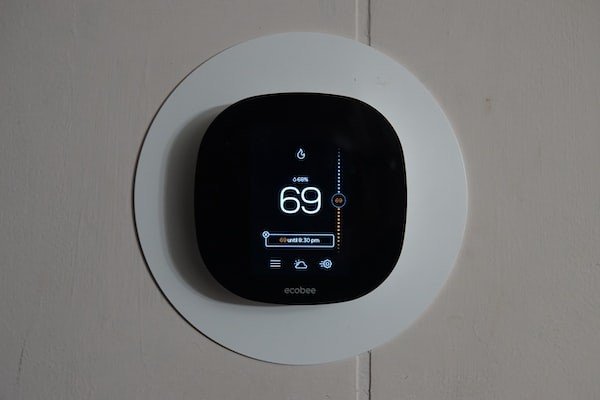A residential solar energy system is a great way to reduce or even eliminate your electric bill while also helping to reduce your carbon footprint. Installing a solar energy system in your home can have a number of benefits, ranging from lowering your energy costs to providing a clean, renewable source of energy. A solar system can even increase the value of your home, as solar energy systems are becoming increasingly popular and desirable. However, it’s a good idea to learn as much as you can about these systems before installing one in your home. If you want to learn more, keep reading to find out about the essential components of a residential solar energy system.
A residential solar energy system is a system designed to provide a homeowner with renewable energy from the sun. This system typically consists of multiple solar panels, a solar battery, an inverter, and a power monitoring system. The solar panels are used to capture the sun’s energy and convert it into electricity, which is then stored in the battery bank. The inverter is used to convert the energy from the batteries into a usable form that can be used to power electrical appliances and devices. Finally, the power monitoring system helps homeowners track their energy usage and ensure that the system is working properly.
Photovoltaic (PV) cells and modules are also essential components of a residential solar energy system. PV cells are the building blocks of these systems, converting sunlight into electricity through the photovoltaic effect. A module is an interconnected group of PV cells housed in a single frame or casing, typically made from glass or plastic-based laminate material. Modules can range in size depending on their wattage output and array configuration, but most residential solar energy systems use 72-cell polycrystalline modules.
Solar panels come in a variety of sizes and types, so you need to choose the type that best meets your needs and budget. Once you’ve chosen the type of solar panels you want to install, the next step is to gave a professional install them properly. It’s crucial to ensure that the panels are positioned correctly to ensure that they’re able to capture the maximum amount of solar energy.
How else can you reduce your home’s carbon footprint?

When it comes to making a difference in reducing your home’s carbon footprint, making the switch to LED lightbulbs is one of the simplest ways to do so. By replacing your traditional lightbulbs with LED bulbs, you limit your electricity consumption. LED bulbs are incredibly energy efficient. They use up to 85 percent less energy than traditional incandescent bulbs, and last up to 25 times longer. This means that you can save a considerable amount of money on your electricity bills and make your home more eco-friendly.
Upgrading to a smart thermostat can be a fantastic way to reduce your home’s carbon footprint and save money on energy bills as well. Smart thermostats are programmable, internet-connected devices that allow you to control the temperature in your home from anywhere. They can learn your preferences and set the temperature accordingly, allowing you to save money. Smart thermostats reduce the amount of energy you use to heat and cool your home and they can even automatically adjust the temperature when you are away.
Overall, a solar energy system can provide a safe, reliable, and cost-effective source of renewable energy. By carefully selecting the right system and ensuring that it is properly installed, homeowners can maximize the efficiency and longevity of their solar energy system while minimizing their environmental impact. That isn’t the only thing you can do to make your home more environmentally friendly. Some other options include switching to LED lightbulbs and upgrading to a smart thermostat. Follow these tips and you can be sure that your home and your habits are as green as possible.

